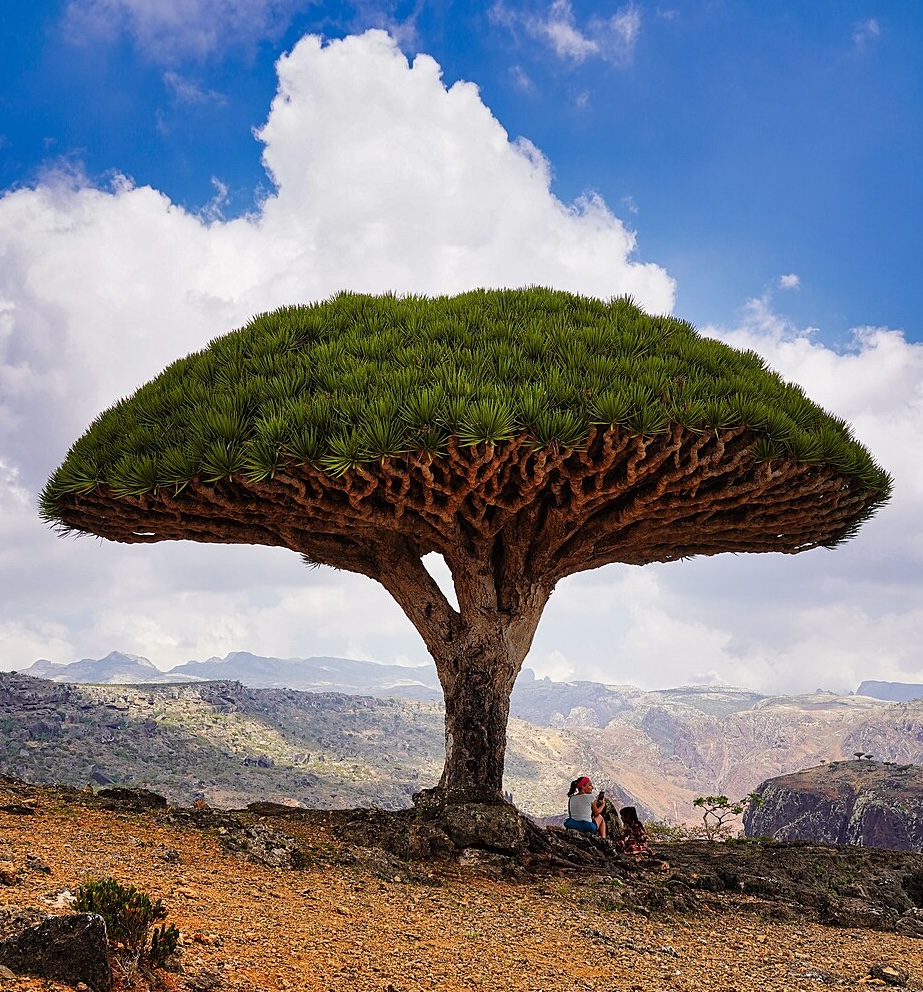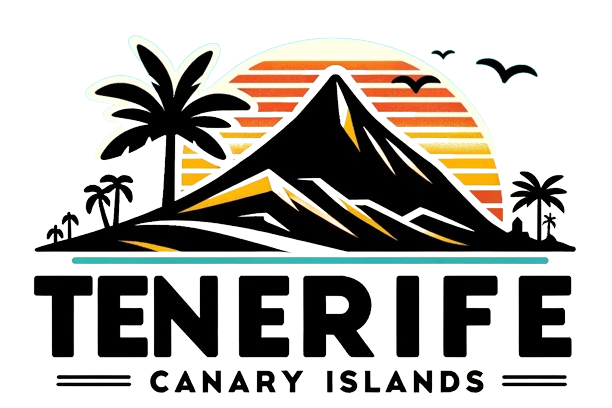The Dragon Tree (Dracaena draco), an iconic emblem of the Canary Islands, stands as a living testament to time, survival, and subtropical splendor. Often dubbed the “dragon of the plant world” for its mythical appearance and crimson sap—known as “dragon’s blood”—this extraordinary succulent has captivated explorers, scientists, and visitors for centuries. In Tenerife, these architectural wonders punctuate volcanic landscapes, from coastal cliffs to misty highlands, drawing eco-tourists and nature lovers alike. This in-depth guide uncovers the Dragon Tree’s biology, folklore, ecological role, and top spots to encounter them on the island, while highlighting conservation efforts to ensure their legacy endures.

Unveiling the Dragon Tree: Botany, Growth, and Unique Adaptations
Native to the Macaronesian region—including the Canary Islands, Cape Verde, Madeira, and the Azores—the Dragon Tree belongs to the Asparagaceae family, though it resembles a palm or yucca more than a typical tree. It can reach heights of 10–20 meters with a thick, silvery-grey trunk that branches dichotomously, forming an umbrella-like canopy of sword-shaped, blue-green leaves clustered at the tips.
What sets Dracaena draco apart is its secondary growth via a unique meristem ring, producing a fibrous, woody structure without true annual rings—making age estimation challenging. Specimens are dated by branching patterns: each fork adds roughly 10–15 years, with ancient giants boasting 100+ branches. The famous Icod de los Vinos tree, often cited as 1,000 years old, is more realistically 300–500 based on growth models, though some wild individuals may exceed 650 years.
When injured, the tree exudes a deep red resin called dragon’s blood, rich in dracohodin and used historically for medicinal, dyeing, and varnish purposes. This sap, combined with drought-resistant traits like water-storing tissues and a slow metabolism, enables survival in arid, rocky terrains with minimal rainfall—perfect for Tenerife’s diverse microclimates.
Flowering occurs sporadically every 10–15 years in mature trees (50+ years old), producing panicles of creamy-white blooms that attract pollinators like bees and birds. Fruits are orange berries dispersed by gravity, wind, or animals such as lizards and ravens, ensuring regeneration in harsh environments.
Legends and Lore: The Dragon Tree in Myth, History, and Culture
The Dragon Tree’s otherworldly form has inspired myths across cultures. In Guanche aboriginal lore—the indigenous people of the Canaries—it was sacred, believed to grow from the blood of a slain dragon battling an elephant, its sap symbolizing eternal life. Greek myths linked it to the Garden of the Hesperides, where Ladon the dragon guarded golden apples; Hercules’ eleventh labor spilled the beast’s blood, birthing these trees.
European explorers like Humboldt and von Buch documented them in the 18th–19th centuries, fueling romantic tales. Dragon’s blood resin was prized in ancient Rome for violin varnish (Stradivarius secrets?), medieval medicine for wounds and gastrointestinal issues, and even alchemy. Today, it’s harvested sustainably for cosmetics, dyes, and herbal remedies, with Tenerife artisans crafting souvenirs infused with its essence.
Culturally, the tree adorns the Canary Islands’ coat of arms and inspires festivals like Icod’s annual homage. It represents resilience—surviving volcanic eruptions, storms, and human encroachment—mirroring Tenerife’s volcanic spirit.
Ecological Significance: Habitats, Biodiversity, and Role in Tenerife’s Ecosystems
Dragon Trees thrive in Tenerife’s thermophilous woodlands and succulent scrub, from sea level to 800 meters, favoring south-facing slopes with well-drained soils. Key habitats include the laurel forests’ edges in Anaga and Teno Rural Parks, where they coexist with Canarian palms, junipers, and endemic shrubs.
As keystone species, they provide microhabitats: hollow trunks shelter bats, insects, and birds; canopies offer shade for understory plants; and fallen leaves enrich soil. Pollinators boost local biodiversity, while berries feed frugivores like the Tenerife blue chaffinch. In volcanic badlands, their deep roots prevent erosion, stabilizing slopes post-eruption.
Tenerife hosts the densest populations, with thousands in protected areas. They indicate ecosystem health—sensitive to overgrazing, fire, and climate shifts. Warmer, drier conditions from global warming threaten recruitment, as seedlings need shaded, moist niches to establish.
Prime Spots to Admire Dragon Trees in Tenerife: A Visitor’s Guide
For an unforgettable encounter, head to these standout locations:
Icod de los Vinos: Home of the Millennium Dragon Tree
The star attraction is Drago Milenario in Icod’s Plaza de la Pila—a 16-meter-tall, 20-meter-girth behemoth enclosed in Drago Park. Entry includes botanical gardens, Guanche caves, and butterfly exhibits. Best viewed at sunset for dramatic silhouettes. Nearby, wander Icod’s streets lined with younger specimens.
Anaga Rural Park: Wild Dragon Tree Groves
UNESCO Biosphere Reserve trails like the Path of the Senses reveal ancient clusters amid laurel forests. Hike from Cruz del Carmen for panoramic views; spot them clinging to ravines. Guided eco-tours explain endemism—book via Tenerife Cabildo.
Teno Rural Park and Masca Valley
Rugged northwest cliffs host scattered veterans. The Masca hike descends through gorges dotted with Dragon Trees, offering Instagram-worthy contrasts against emerald barrancos. Drive cautiously on winding roads.
La Orotava Valley and Botanical Gardens
Puerto de la Cruz’s Jardín Botánico features cultivated examples, while valley fincas (farms) integrate them into landscapes. Visit during rare flowering for a fragrant spectacle.
Pro tip: Visit in spring (March–May) for lush foliage or autumn for berry-laden branches. Use binoculars for epiphytes in crowns.
Conservation Challenges and Triumphs: Safeguarding Tenerife’s Dragon Trees
Classified as Vulnerable by IUCN due to habitat loss, invasive species, and illegal harvesting, Dragon Trees face pressures from urban sprawl, tourism infrastructure, and goats browsing seedlings. Pathogens like Fusarium wilt and climate-induced droughts exacerbate declines—populations have shrunk 50% in some areas over decades.
Success stories abound: Tenerife’s 200+ protected specimens under regional law, reforestation projects planting thousands of propagated saplings via Cabildo nurseries. Community initiatives in Icod monitor the Milenario tree with sensors for health data. EU-funded LIFE projects eradicate invasives in Anaga, boosting regeneration.
Visitors contribute: Stick to paths to avoid soil compaction, support eco-hotels, and report damage. Buy certified dragon’s blood products to fund sustainable harvesting.
The Dragon Tree isn’t just flora—it’s Tenerife’s timeless guardian, whispering tales of endurance. Stand beneath one, feel the ancient bark, and connect with the island’s soul.
